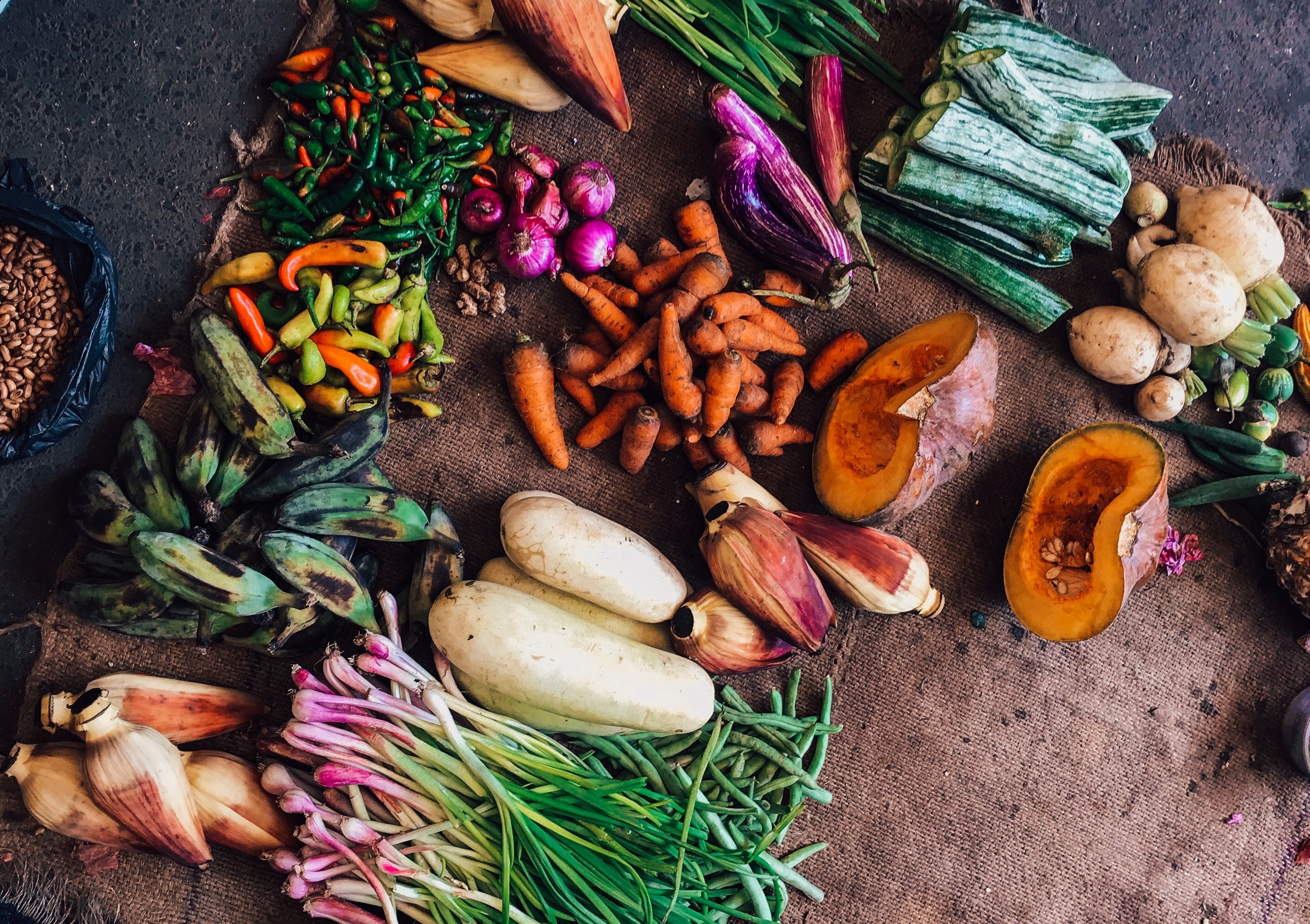
What impact does food waste have on our climate and what can you do about it?
Total food production accounts for around a quarter of global greenhouse gas emissions. That's a lot, but understandable when you consider that food is a basic human need. Less understandable is the amount of CO2 emissions caused by the production of food that is never eaten. About a quarter of the calories the world produces are thrown away. They are wasted by retailers and consumers or spoil in supply chains. To produce this food, we need land, water, energy and fertilizers, as well as fuel for the often long distances that many products travel to reach end customers. So when we waste food, we waste other valuable resources in addition to the food itself. Resources that produce CO2. This puts additional strain on the environment.
Scientists agree: reducing food waste is an important option for curbing the climate crisis.
Food waste is estimated to be responsible for 10% of global greenhouse gas emissions
That is around three times as many emissions as are emitted by all global air traffic. In comparison to the level of national emissions, food waste ranks third after China (21%) and the USA (13%). Food waste is an unnecessary waste of resources, energy and money.

Source: OurWorldinData: Data from 2020, now estimated at 10%
Why does food waste exist?
Too crooked, too small, too ugly. There are countless reasons for throwing away food, but they often make no sense. A lot of it is thrown out during production and marketing. For example, out of 100 potatoes harvested, only 34 are actually eaten. 66 potatoes are thrown out even though they are actually edible. Food goes bad at home because it is not stored properly or because you buy too much and lose track.
Not all wasted food has the same impact on the environment. It depends on how many resources are needed for production. Meat and fish are the top performers. They have a greater impact on the environment when wasted, as their production emits a lot of CO2 . Bread, other baked goods and salads also have a great impact, as they are wasted particularly often.
Food Waste in Germany - in Numbers
We consume more food than we produce
Around 12 million tons of food end up in the trash in Germany every year.
The majority of food waste (52 percent) is generated in private households.
About 75 kilograms are thrown away per person per year in private households in Germany.
What to do about food waste? 8 tips
1. Save food
- At “Sirplus” you can find rescued food
- Another possibility is “Too good to go” or “Food sharing”
- Buy bread from the day before
- You want to eat the product today anyway? Take the one with the shortest best before date!
2. Shop seasonally, regionally and less/plan better
- Most of the time we simply buy too much - it is better to shop consciously
- Write a shopping list and only buy as much as you can comfortably carry yourself. This way you can keep track of your purchases.
3. Buy sorted vegetables and fruit
- Buying less attractive fruit or vegetables in the supermarket, nobody else will buy them and they end up in the trash
- Order sorted fruit and vegetables from “ Querfeld ”. “ Querfeld ” supplies fruit and vegetables that are sorted out during harvest because they do not meet the visual expectations of the retailer.
- Trust your senses instead of just looking at the date. This will almost always tell you whether a food is still edible.
- Store properly and extend shelf life
- Production consumes more resources, so the CO2 emissions from wasted animal products are greater . A striking example: to produce one kilogram of butter, 20 liters of milk are needed...
6. Use of leftovers
- Get creative: Simply put everything you have left over from the fridge onto the table and improvise a dish out of it.
- Order smaller portions in the restaurant and/or take away what you didn’t finish
8. Preservation
- An insider tip from our community. Do you have something at home but don't plan on using it any time soon? You could freeze it. There are also other ways to preserve food.
Inform yourself and others. The main problem with food waste is a lack of awareness.
Book tip:
No more food waste - with Sophia Hoffmann's cookbook your kitchen will become zero waste.
In the book you will learn about food properly. How to store it, what is challenging and most importantly how to waste less of it. There are also tips on how to make your kitchen more waste-free and sustainable. You will learn how to make unbeatable creations from parsley stalks, stale bread or bruised fruit and how to turn leftovers into culinary experiences. A good mix of helpful information and creative recipes.
The cookbook is a real feast for the eyes just by leafing through it.
Sources
Graphic: https://ourworldindata.org/food-waste-emissions#:~:text=The%20other%209%25%20comes%20from,total%20global%20greenhouse%20gas%20emissions.
https://foodwaste.ch/was-ist-food-waste/
https://www.bmel.de/DE/themen/ernaehrung/lebensmittelverschwende/studie-lebensmittelabfaelle-deutschland.html
https://www.klimateller.de/lebensmittelverschwende-und-klimawandel-was-koennen-wir-tun/
WWF: Climate change on the plate, 2012 (URL: https://www.wwf.de/fileadmin/fm-wwf/Publikationen-PDF/Klimawandel_auf_dem_Teller.pdf)
Welthungerhilfe: https://www.welthungerhilfe.de/lebensmittelverschwendung/
Original article by Ria Schäfli, last updated by Katharina Richter on 19.09.2022



Leave a comment
This site is protected by hCaptcha and the hCaptcha Privacy Policy and Terms of Service apply.